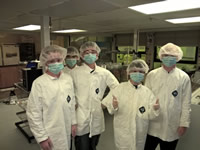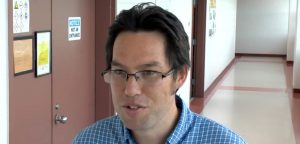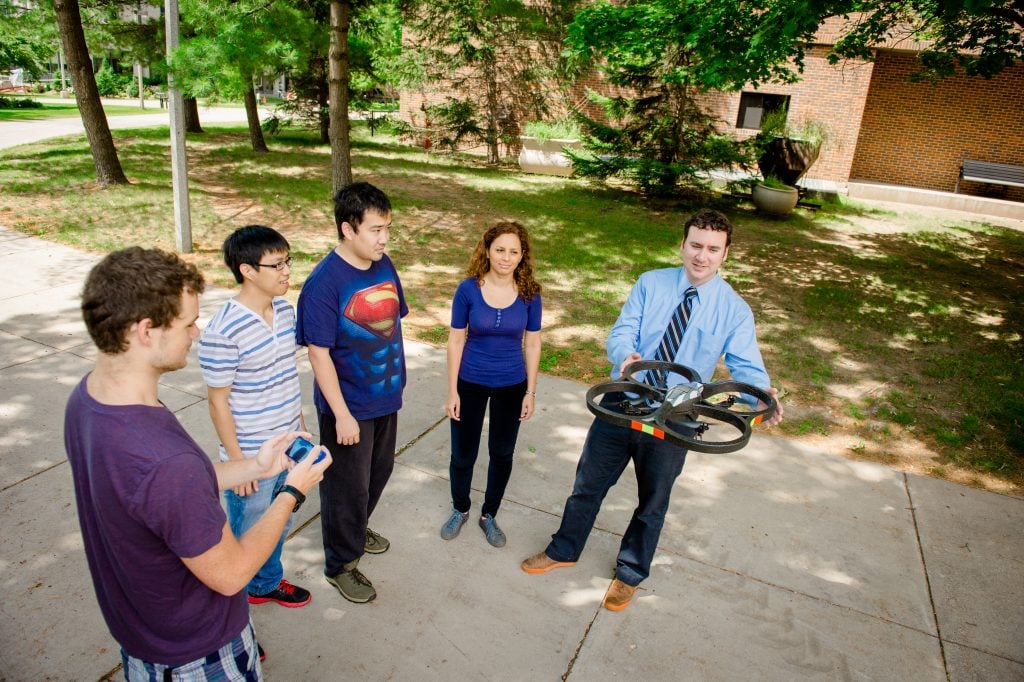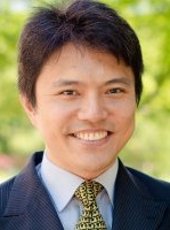
Chee-Wooi Ten (ECE) is the lead principal investigator on a project that has received a $348,866 research and development grant from the National Science Foundation (NSF). Yeonwoo Rho (Math/ICC) is the Co-PI on the project “CPS:Medium: Collaborative Research: An Actuarial Framework of Cyber Risk Management for Power Grids.” This is a three-year project.
There are two investigators from University of Wisconsin-Milwaukee.
The total for both universities is $700,975.
Abstract
As evidenced by the recent cyberattacks against Ukrainian power grids, attack strategies have advanced and new malware agents will continue to emerge. The current measures to audit the critical cyber assets of the electric power infrastructure do not provide a quantitative guidance that can be used to address security protection improvement. Investing in cybersecurity protection is often limited to compliance enforcement based on reliability standards. Auditors and investors must understand the implications of hypothetical worst case scenarios due to cyberattacks and how they could affect the power grids. This project aims to establish an actuarial framework for strategizing technological improvements of countermeasures against emerging cyberattacks on wide-area power networks.
 In an interview with
In an interview with 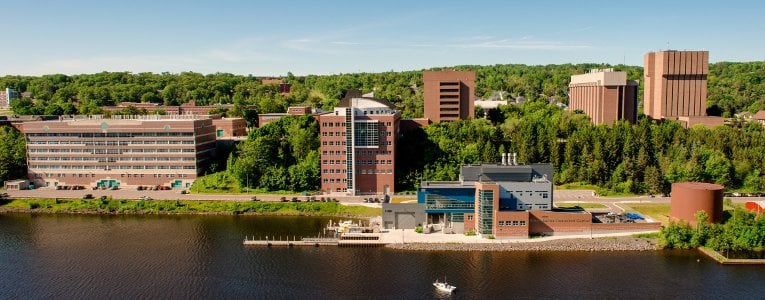 Greetings to everyone from the chair’s office in the ECE Department! Here we are again, at the cusp of a new academic year at Michigan Tech. The new students have already been on campus for a week, for orientation, and classes start next Tuesday. As much as I love the beautiful quiet summers here, I get energized by the new and returning students, the new faculty members across campus, and the overall “buzz” of activity that accompanies the new year. Game on!
Greetings to everyone from the chair’s office in the ECE Department! Here we are again, at the cusp of a new academic year at Michigan Tech. The new students have already been on campus for a week, for orientation, and classes start next Tuesday. As much as I love the beautiful quiet summers here, I get energized by the new and returning students, the new faculty members across campus, and the overall “buzz” of activity that accompanies the new year. Game on!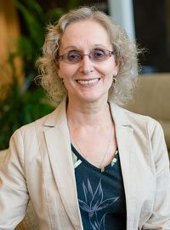
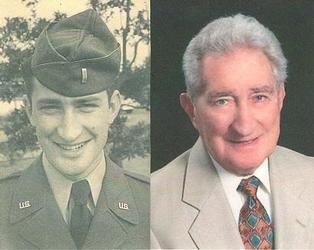
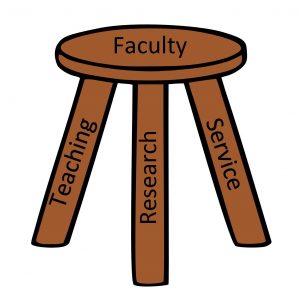 Following up on posts earlier this summer about university teaching and research, I thought this week I would write a few lines about the third piece in the academic triumvirate – service.
Following up on posts earlier this summer about university teaching and research, I thought this week I would write a few lines about the third piece in the academic triumvirate – service.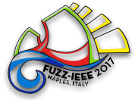
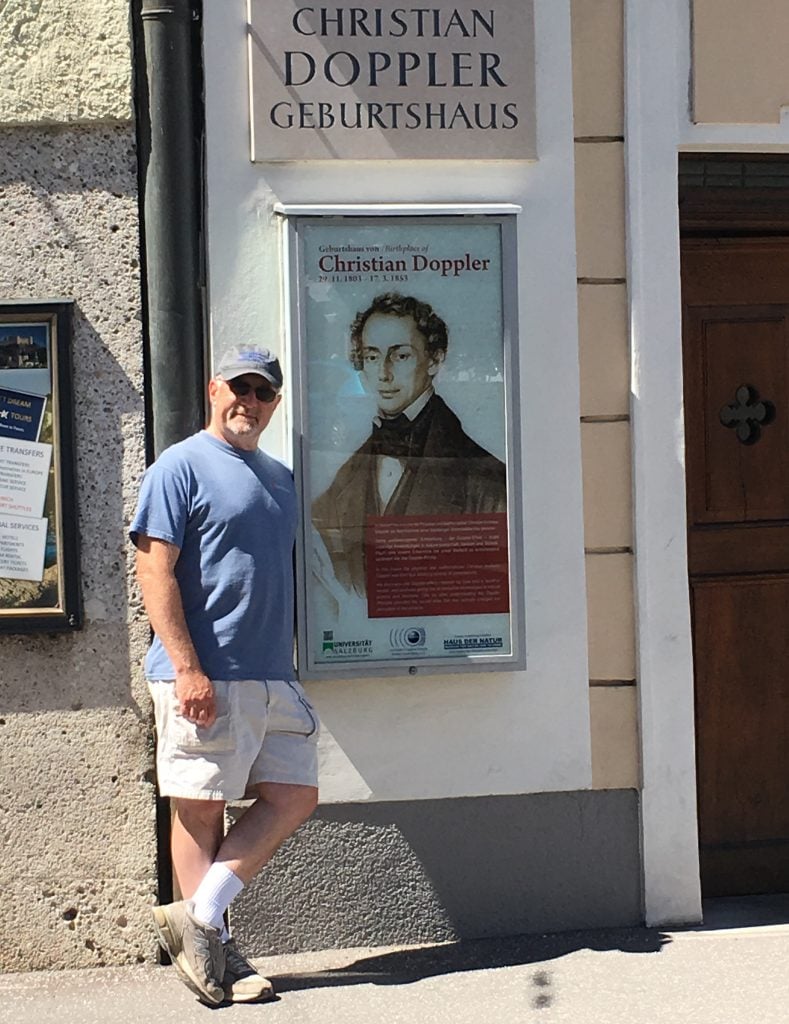 FWF is taking a break this week, while my family and I visit Central Europe: Munich, Salzburg, Vienna, and Prague. Here is a photo of yours truly, looking like a typical American tourist, standing in front of the birthplace of Christian Doppler in Salzburg. Many of the readers of this column will know the importance of Doppler in radar signal processing.
FWF is taking a break this week, while my family and I visit Central Europe: Munich, Salzburg, Vienna, and Prague. Here is a photo of yours truly, looking like a typical American tourist, standing in front of the birthplace of Christian Doppler in Salzburg. Many of the readers of this column will know the importance of Doppler in radar signal processing.